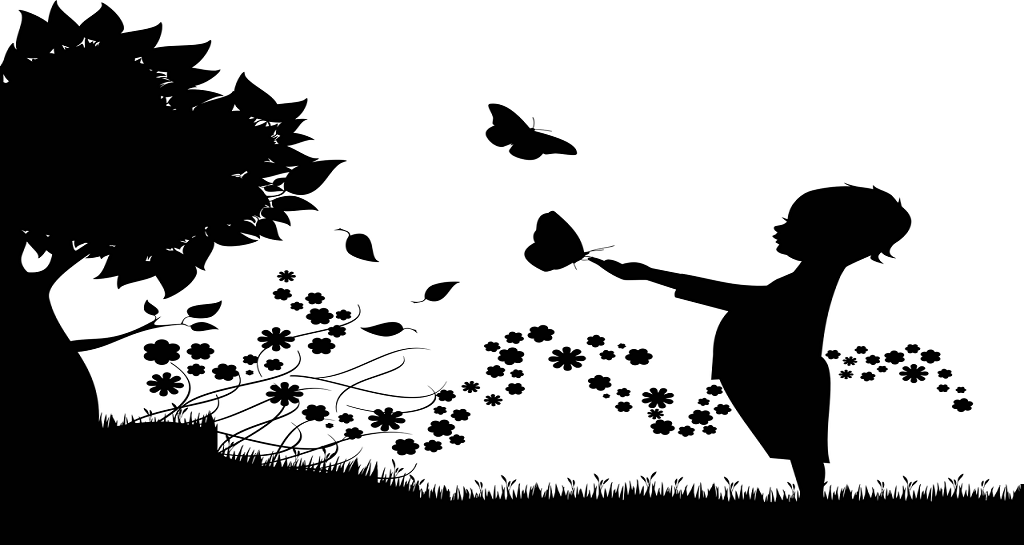Many parents have come and asked me How to calm the child? I felt I should give some general tips to help them and understand this agitated behaviour. Each form of behaviour communicates something, and as a parent, we need to understand. This communication can be seeking attention, wants things to get done according to there to wish, feeling hurt, Anxious, Tired, over stimulated, and many more.
As a parent handling a situation very much critical, I usually see if the child is agitated or angry. One of the parents will also respond to them in the same way, but that is incorrect. During my session, I always asked parents to do an ABC chart, and this is very easy to collect the information and assess the child’s trigger.
A: – Antecedents
B: – Behaviour
C: – Consequences.
With the above information, I also ask them to keep a record of date and time so that we know such episodes happening in a week or a month how many times. Let’s learn about ABC.
A: – Antecedents refer to as the event or activity that immediately leads a problem behaviour. For example: If the child started throwing the objects in the house or anywhere, what triggered this behaviour, we will mention as Antecedent. Triggers are nothing but can be an object, item, person, or overstimulated sensory situation, which leads to inappropriate behaviour. Once we get the triggers list, which is disturbing the action throughout the daily routine, then we can plan a modified program to stop a behaviour.
B: –Behaviour is referred to as observed behaviour or action (inappropriate or appropriate behaviour). Same above example, before starting throwing the object, the child must have shown some body languages that hint that he is getting angry. Such as face getting red; the eye becomes significant, the heartbeat pacing up, running around quickly. Any act, which is the reflection of the trigger, will be documented in this segment.
So, if you understand how the child vents out his trigger stating that the behaviour they show, it will also be easy for us to implement strategies to change that behaviour.
C: – Consequences referred to as an outcome of the behaviour. It can be positive or negative depends on the consequences of that behaviour. In the above example throwing objects was the consequence of the action, but in addition to that, it will be challenging more when we assess what parent did to stop that behaviour. What reinforce they used to calm down or to stop that unwanted behaviour.
Sometimes with this segment, we get some possible options that can help a child calm down or divert him from that trigger.
The ABC Model is also one of the most natural methods of behavioural observation. It allows someone who is making observations to record behaviours easily and clearly in a manner that can quickly intervene to people who are not present in that situation.
This model not only helps in understanding the child’s behaviour but can also benefit from self-assessment: especially those who have less. patience and gets angry quickly
Some strategies which can help are
- Psycho-education: – Educating the child and making him aware to understand his triggers and the signs of physical symptoms. If the child has an issue in understanding things, it’s good for parents to take the lead and work ahead.
- Giving verbal reminders: If you see the changes starting in the behaviour, we need to begin providing verbal reminders or some diversion activity, which will make them overcome their trigger.
- Diversion or leisure activity: – Introducing the activities which can distract them in diffusing their challenging behaviour. It can be anything and its more useful if it is something which they like to do.
- Sensory Modulation: Some sensory strategies are beneficial in changing the mood and can also help prevent the worst behaviour to some extent.
- Yoga/ Music / or Meditation: – This is some alternative strategies that can benefit from dispersing unwanted behaviour and distracting the child more productively.
- Physical intervention should be the last strategy to intervene and try not to hit the child as much as possible, as it will hold him emotionally down.
ABC-Chart Link is given below to download.
You can contact me for more information if needed or further assessment at info@thekioskid.com.
By Ms.Prerana Saini
Occupational Therapist – M.Oth (Neurology)

